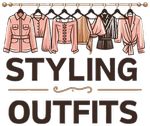Scandin fashion, a style that seamlessly blends minimalism, functionality, and a touch of elegance, has been gaining global recognition for its unique aesthetic. Rooted in the principles of simplicity and practicality, this fashion trend is more than just a passing fad; it’s a lifestyle choice that reflects a deep-seated appreciation for quality over quantity. Scandinavian fashion is characterized by clean lines, neutral colours, and a focus on comfort and practicality, making it a perfect choice for those who value both style and substance.

The Origins of Scandinavian Fashion
A Brief History
The roots of Scandinavian fashion can be traced back to the early 20th century when designers in countries like Denmark, Sweden, Norway, and Finland began to prioritize functionality and simplicity in their designs. This shift was influenced by the Modernist movement, which emphasized clean lines, minimal ornamentation, and a focus on the user’s experience. Over the years, this approach has evolved into a distinct fashion identity that is now celebrated worldwide.
Key Influencer
Designers like Marimekko, Acne Studios, and Ganni have played pivotal roles in shaping Scandinavian fashion. These brands have not only adhered to the core principles of the style but have also innovated within the framework, introducing bold prints and modern silhouettes while maintaining the essence of simplicity.
Key Characteristics of Scandinavian Fashion
Clean Lines and minimal ornamentation
One of the most defining features of Scandinavian fashion is its clean, uncluttered lines. Garments are designed to be sleek and straightforward, with minimal use of embellishments and decorations. This approach not only enhances the overall look but also ensures that the clothing remains timeless and versatile.

Neutral Colors and Natural Materials
Scandinavian fashion often sticks to a palette of neutral colours like black, white, grey, and beige. These colours are easy to mix and match, making them a practical choice for building a capsule wardrobe. Additionally, the use of natural materials like wool, cotton, and linen is prevalent, aligning with the region’s commitment to sustainability.
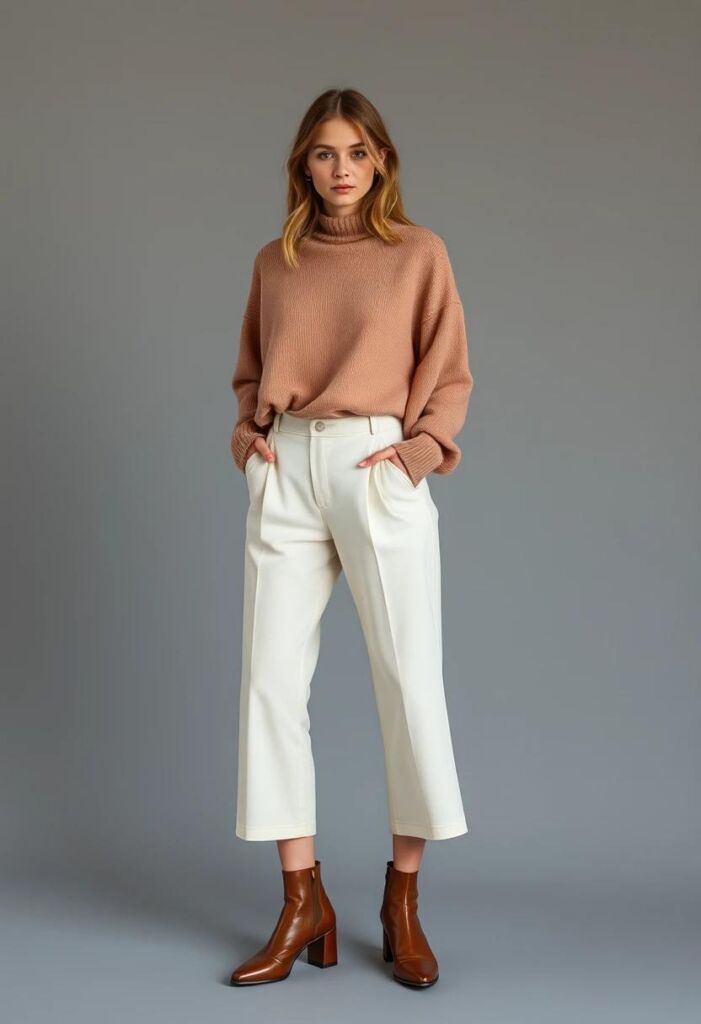
Comfort and Functionality
While style is important, comfort and functionality are equally prioritized in Scandinavian fashion. Clothing is designed to be wearable, practical, and suitable for various occasions, from casual outings to formal events. This balance ensures that the wearer feels both stylish and at ease.
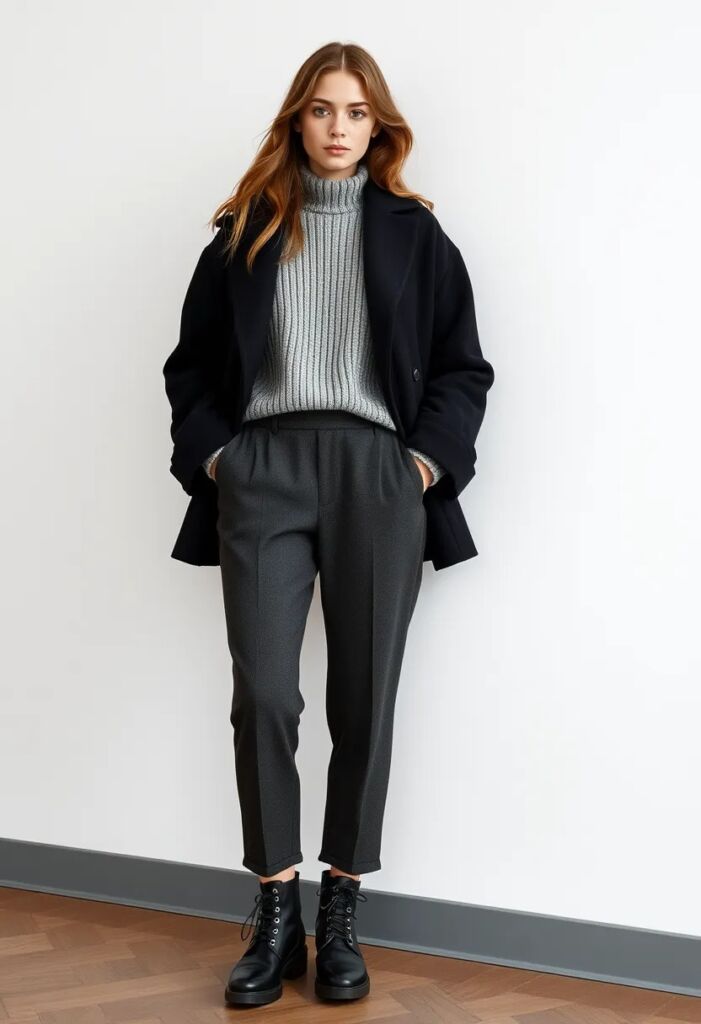
Sustainability and Ethical Practices
Sustainability is a cornerstone of Scandinavian fashion. Brands in this region are increasingly adopting eco-friendly practices, such as using organic materials, reducing waste, and ensuring fair labour conditions. This commitment to ethical fashion resonates with a growing number of consumers who are conscious of their environmental impact.

Timeless Design
Scandinavian fashion emphasizes the creation of pieces that stand the test of time. Instead of following fleeting trends, designers focus on creating garments that can be worn for years to come. This approach not only reduces waste but also saves money for the consumer in the long run.
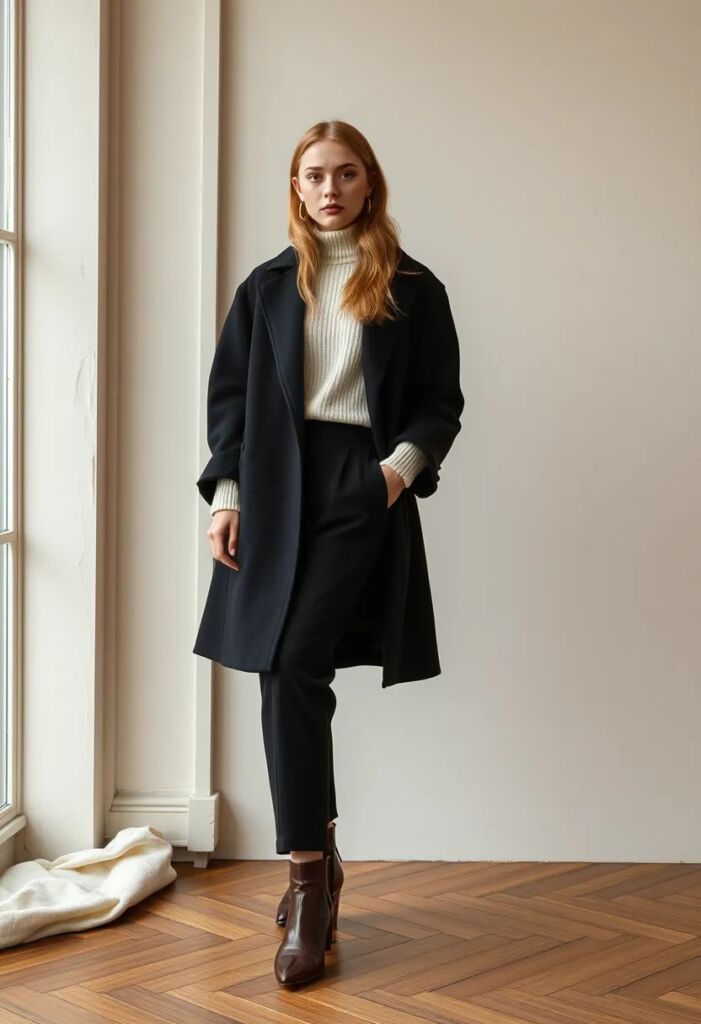
Popular Scandinavian Fashion Brands
Acne Studios
Acne Studios is a Swedish brand known for its minimalist and modern aesthetic. The brand offers a range of clothing, from casual to formal, all while maintaining a focus on quality and sustainability. Visit Acne Studios
COS
COS is a Danish brand that has gained international recognition for its contemporary designs and commitment to ethical practices. The brand uses organic materials and supports local artisans, ensuring a high level of craftsmanship in its products. Explore Cos
Ganni
Ganni, a Danish brand, has gained a significant following for its blend of minimalist and colourful designs. The brand offers a mix of classic and formal wear, making it a versatile choice for different occasions. Discover Ganni
Marimekko
Marimekko, a Finnish brand, is renowned for its bold prints and vibrant colours, which add a playful touch to the minimalist aesthetic. The brand’s commitment to sustainability is evident in its use of eco-friendly materials and production practices. Check out Marimekko
Scandinavian Fashion Trends
Minimalist Street style
Scandinavian street style is characterized by its simplicity and practicality. Young fashionistas in cities like Copenhagen, Stockholm, and Helsinki often opt for a monochromatic palette and layering techniques to create a chic and functional look. This trend has been embraced globally, with many fashion enthusiasts### Contemporary Silhouettes

Modern Scandinavian fashion often features sleek silhouettes that are both flattering and comfortable. Designers are experimenting with innovative cuts and shapes, pushing the boundaries of traditional minimalism while maintaining the core values.
Bold Prints and patterns
While minimalism is a key aspect, Scandinavian fashion also embraces bold prints and patterns, particularly in brands like Marimekko. These designs add a pop of colour and interest to otherwise neutral ensembles, making them Layering Techniques
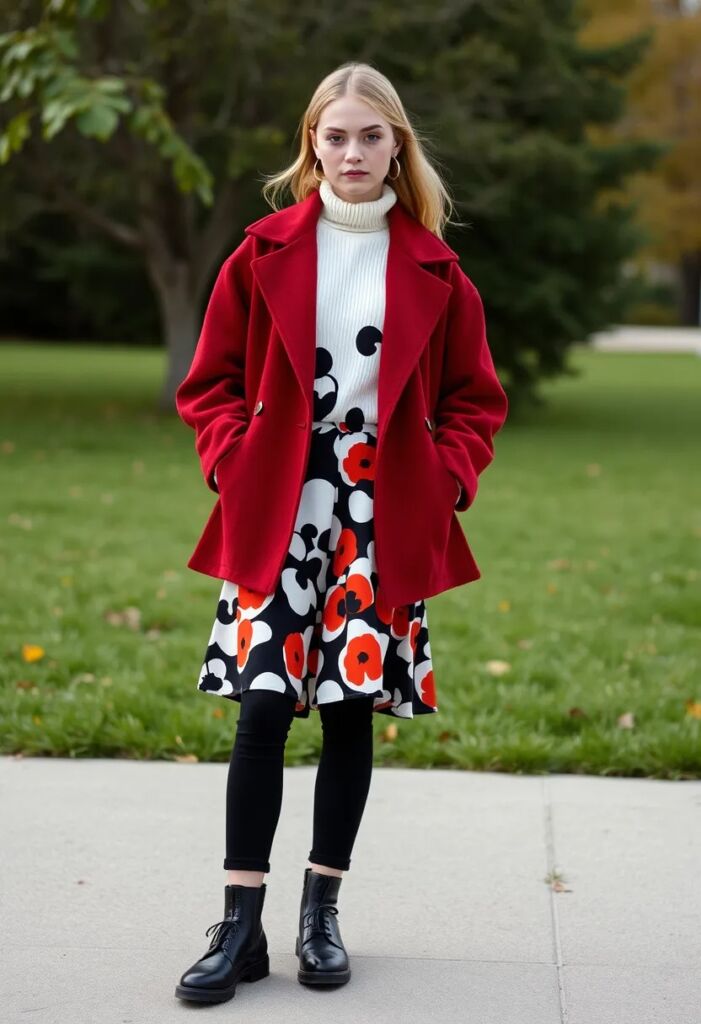
Layering is a common technique in Scandinavian fashion, allowing individuals to build depth and texture in their outfits. This approach not only enhances the visual appeal but also adds a functional dimension to the clothing.
Accessorize Your Look
Tips for a minimalist wardrobe
- Start with a neutral base: Choose a few key pieces in neutral colours to form the foundation of your wardrobe.
- Add statement pieces: Introduce a few bold or colourful items to create contrast and interest.
- Invest in quality: Focus on high-quality, timeless pieces that will last and remain stylish for years.
- Mix and match versatility: Opt for versatile pieces that can be mixed and matched in various ways.
Pro Tip
Quality over quantity: Invest in a few high-quality, well-made pieces that can be mixed and matched in multiple ways. This approach not only saves money but also ensures that your wardrobe remains stylish and relevant over time.
The Influence of Scandinavian Fashion
Global Recognition
Scandinavian fashion has gained a significant following globally, with many fashion enthusiasts and influencers adopting its principles. The minimalist and sustainable approach resonates with a growing number of consumers who are conscious of their environmental impact.
Impact on the Fashion Industry
The rise of Scandinavian fashion has also influenced the broader fashion industry, encouraging a shift towards more ethical and sustainable practices. This influence is evident in the increasing number of brands worldwide that are adopting similar values.
The Future of Scandinavian Fashion
Innovations and Trends
The future of Scandinavian fashion looks promising, with designers and brands continuing to innovate within the framework of minimalism and sustainability. Expect to see more eco1. Eco-friendly materials: The use of innovative, eco-friendly materials will likely become more prevalent.
- Digital integration: Technology may play a larger role in the production and distribution of fashion, reducing waste and enhancing efficiency.
- Gender-neutral designs: A growing trend towards gender-neutral clothing, reflecting a more inclusive and diverse fashion landscape.
Pro Tip
Stay informed: Keep up with the latest trends and innovations in Scandinavian fashion by following fashion blogs, magazines, and social media. This will ensure that you remain relevant and inspired by the evolving landscape.
Conclusion
Scandinavian fashion is more than just a trend; it’s a philosophy that values simplicity, functionality, and sustainability. As the world becomes more conscious of its environmental impact, the principles of Scandinavian fashion are likely to gain even more traction, influencing not only what we wear but also how we approach fashion as a whole.
